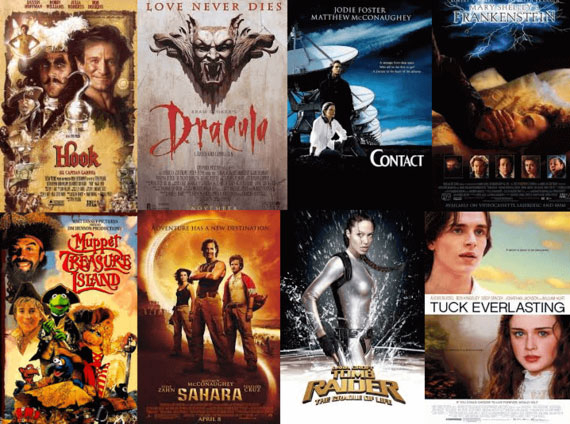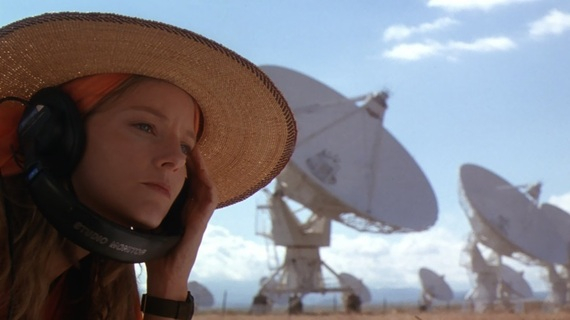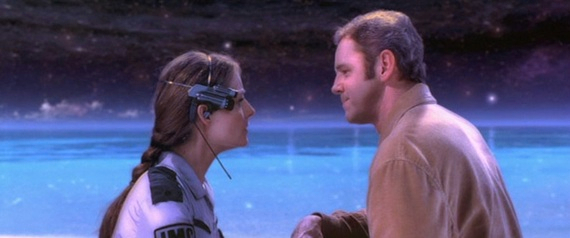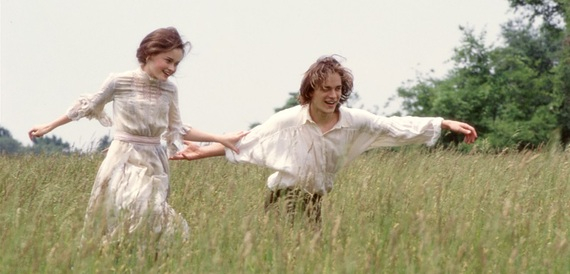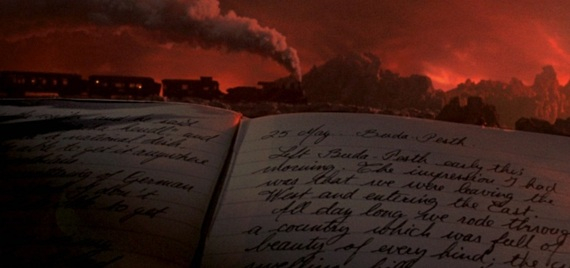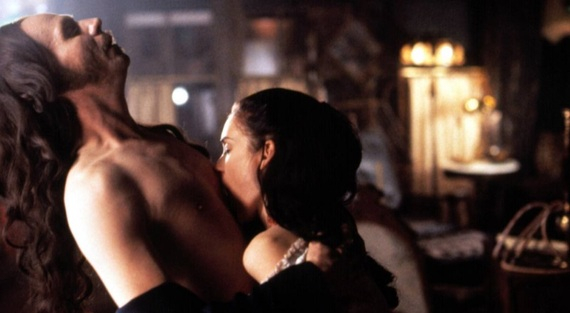This Post originally appeared on the blog ScreenCraft. ScreenCraft is dedicated to helping screenwriters and filmmakers succeed through educational events, screenwriting competitions and the annual ScreenCraft Screenwriting Fellowship program, connecting screenwriters with agents, managers and Hollywood producers. Follow ScreenCraft on Twitter, Facebook, and YouTube.
Guest Blogger James V. Hart brings his three decades of experience as a major Hollywood screenwriter, and 20 years teaching seminars around the world. J.V. is most known for writing Hook, Epic, Contact and Dracula. He is also the co-creator of the HartChart, a story mapping tool to track the emotions of your characters and their journeys. It helps writers visualize the rise and fall of characters as they make choices and proceed through the story. We previously interviewed Hart in How Screenwriters Can Find the Emotional Journey of Their Characters.
I realized in prepping for this blog that my career has been built on adaptations.

